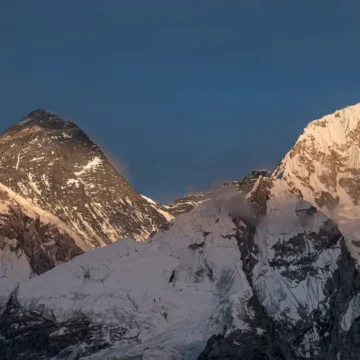
Mountaineering Training in Nepal | Where and How to Train?
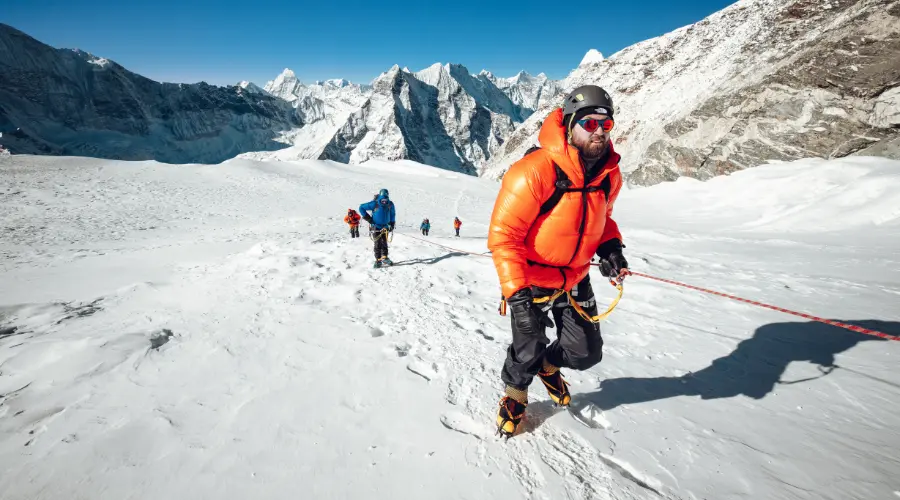
Table of Contents
Ever found yourself staring at a picture of the Himalayas and thought, ‘One day I’m going to climb it’? But you have no idea how you are going to do so. You don’t know anything about the cost, logistics, mountaineering training in Nepal, or which peak to attempt.
The dream of standing on top of a snowy summit is nothing less than magical. But this dream doesn’t start with just a plane ticket. It’s a choice, a decision to become a climber.
When it comes to training for trekking in Nepal or mountaineering, there’s no better classroom than the Himalayas themselves. The journey at the base of breathtaking peaks itself becomes your training ground, seasoned Sherpas your mentors, and the adventure your way of life.
But the most common question that crosses every mountaineer’s mind is probably where to take mountaineering training courses. Whether you’re planning to summit an 8000-meter giant or a preparatory Lobuche peak, Nepal offers world-class mountaineering training courses.
It is a combination of physical preparation with deep cultural immersion. You don’t just prepare for the mountain, but you become a part of it.
Not just a trainer, you train with legendary Sherpas who have already lived your dream, not once but several times.
Why Train in Nepal?
You can practice on an indoor climbing wall, but it won’t prepare you for the crackle of a glacier under your boots.
Choosing Nepal as your training ground means you’re living in the very environment you’ll one day conquer. Additionally, you’ll be training with the Sherpas, who have mountain blood in their vein and truly understand what it takes to conquer the merciless peaks.
From the first ascent of Everest to the present day, the history of mountaineering in Nepal is deeply rooted in the global climbing culture.
With real experience in Himalayan terrain, diverse altitude exposure, and access to seasoned climbers, mountaineering courses in Nepal are as practical as they are inspiring.
You’ll be learning to read real weather patterns, navigate actual crevasses, and feel what high altitude really does to your body.
Not just these, you get to learn about the mountain lifestyle. You get to interact with locals and listen to their legendary summit stories in the evening, along with butter salt tea. Learn their Tibetan culture and maybe be a part of it. Basically, you become a part of the mountain.

History of Mountaineering Training in Nepal
As mountaineering became popular in Nepal, it was necessary to protect and preserve the mountain environment and communities while promoting mountaineering tourism. To address all this, NMA was formed and registered as a non-profit organisation in collaboration with the Nepal government on November 1, 1973.
Mountain climbing is almost impossible without the support of highly skilled and experienced Sherpas. So, to promote mountain climbing along with safety, NMA started Basic Mountaineering Training (BMT) with 20 trainees in 1979 in collaboration with the Yugoslavia Alpine Club.
Nepalese instructors started training independently only after 2000. Currently, Nepal holds the second position, Japan being first, in producing international standard mountain guides.
To date, NMA has produced 60 International Mountain Guides. Until 2017, NMA has given BMT to 1304 individuals and Advanced Mountaineering Training (AMT) to 392 individuals. These mountaineering courses in Nepal are provided every July (BMT) and AMT every November.
BMT specialises in providing training for low-altitude climbing and support. Meanwhile, AMT focuses on producing skilled supporters specialising in high-altitude climbing.
While AMT graduates are skilled enough to lead any type of national and international expeditions, BMT-trained professionals usually work under AMT graduates as support staff.
Mountaineering Training in Nepal: Who Is It Suitable for?
Absolutely. Mountaineering training in Nepal is ideal for every adventurer. Whether you’re a beginner looking to climb Yala Peak, understand the basics of climbing, or prepare for higher peaks, there’s a course tailored for you.
From a short 3 day mountaineering course to an 8 week mountaineering training plan, Nepal provides training to all fitness and experience levels.
For whom is this training for?
A seasoned Trekker: If you have done the Everest Base Camp Trek or the Annapurna Circuit Trek, then this training is suitable if you are planning the next level of adventure.
An Aspiring Climber: If you are thinking of training for an 8000 m peak in Nepal or any part of the world, mountaineering training in Nepal is the most suitable location to build your foundation.
A Future Mountain Guide: If your dream is to lead other mountaineers in future, certified mountaineering courses in Nepal are offered here.
An Adventure Seeker: If you’re looking for a challenge, both physically and mentally, pushing you far beyond your comfort zone, then this training could be really important.
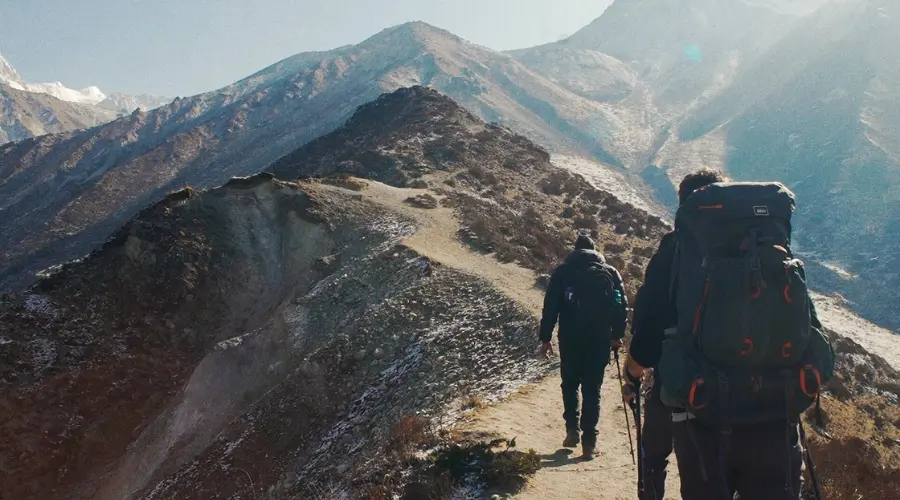
Where to Get Mountaineering Training in Nepal?
Nepal boasts some of the world’s best, renowned institutions offering mountaineering training. They are dedicated to providing safe and ethical mountaineering training.
Here are some of the top Himalayan mountaineering institutes in Nepal.
Nepal Mountaineering Association (NMA) – Khumbu Climbing Center
A remote Tibetan village in Everest, Phortse, is especially known as the “home of the Everest climber” Khumbu Climbing Center (KCC) is where you learn from the masters. Run by elite climbing Sherpa guides and international experts, this Nepal mountaineering school offers an unparalleled climbing education.
Here, they will teach:
- Ropes and Knots: Master the essential knots that will become your lifeline.
- Ice Climbing: Teach how to use an ice axe and other tools to navigate through a vertical wall.
- Rock Climbing: Will teach how to navigate through rocky landscapes.
- Glacier Travel and Crevasse Rescue: The most crucial training when attempting a summit – learning how to cross a crevasse safely.
- Expedition Smarts: Learning how to plan, stay safe, and manage risks when things get serious.
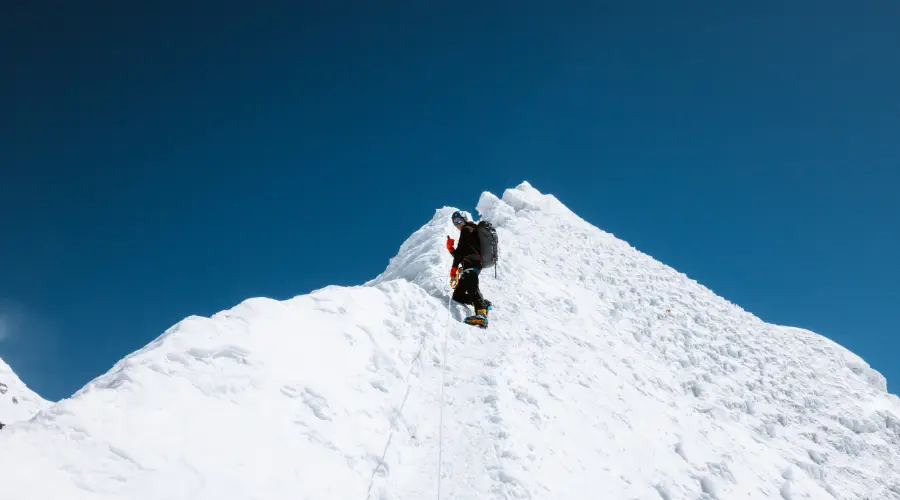
Himalayan Mountaineering Institute – Manang/Pokhara
Another popular Nepal mountaineering school is the Himalayan Mountaineering Institute, often referred to as ‘Manang Mountaineering School’. Located in Manang and occasionally operating in Pokhara, this institute combines classroom learning with practical high-altitude field training.
They provide basic and advanced training programs from experienced instructors and real-mountain practices. The main focus here is to teach ice techniques, rope handling, reading weather patterns and forecasting, and mountain survival skills.
Private Expeditions with Training Add-ons
For those looking for a more personalised experience, many expedition operators offer training for trekking in Nepal.
The trekking company, like Himalayan Masters, provides short, 3-7 days of training, including snow walking, fixed rope usage, ice axe handling, and crampon practice, for beginner peaks like Island Peak Climbing.
Other Notable Mountaineering Schools in Nepal
Apart from these mountaineering training institutes, there are other notable mountaineering schools in Nepal providing training for an 8000 m peak climbing.
Nepal Mountaineering Academy
This is a government-backed Nepal mountaineering school offering everything from high-altitude training to specialised courses in mountain rescue. Their training courses include:
- Basic and Advanced Mountaineering Courses
- High Mountaineering Training
- Mountain Safety and First Aid Training
- Mountain Rope and Rescue Operations
Mountain Guide Association of Nepal (MoGAN)
The MoGAN provides training and certifies local mountain guides to international standards. They offer professional mountaineering courses focused on the following:
- Mountain leadership and client safety
- Rock and ice climbing proficiency
- Rescue techniques and mountain navigation
- Collaboration with international alpine organisations for updated curriculum
Nepal National Mountain Guide Association (NNMGA)
The NNMGA is the official body recognised by the International Federation of Mountain Guides Associations (IFMGA/UIAGM). They even offer multi-year training programs to certify Nepali guides at the international level.
The NNMGA awards graduates the prestigious IFMGA mountain guide certification, making this one of the highest-level mountaineering training courses in Nepal.
Their curriculum includes:
- Alpine climbing standards and technical rescue
- Professional guiding ethics
- International first aid certification
- Field-based assessments in real high-altitude conditions
Best Peaks for Mountaineering Training
Here are some of the training peaks that are perfect due to their technicality, accessibility, and altitude.
Lobuche East (6119 m/20,075 ft): Combines rock, snow, and ice in one climb.
Island Peak (6189 m/20,299 ft): One of the most popular peaks for learning rope techniques, ladders, and glacier navigation.
Mera Peak (6476 m/21,247 ft): Ideal for training for an 8000m peak due to its height and endurance demand.
Yala Peak (5732 m/18,806 ft): A good starter for those pursuing 3-day mountaineering courses.
These peaks are ideal for training for an 8000m peak, offering ice wall climbing experience and acclimatisation techniques.
What Skills Are Covered in Training?
Mountaineering training in Nepal covers basic to advanced skills, depending on the course level you choose.
Basic Skills
- Walking techniques on snow and ice
- Use of crampons and an ice axe
- Basic rope work and knot-tying
- Equipment usage and packing
- Basic first aid and altitude sickness awareness
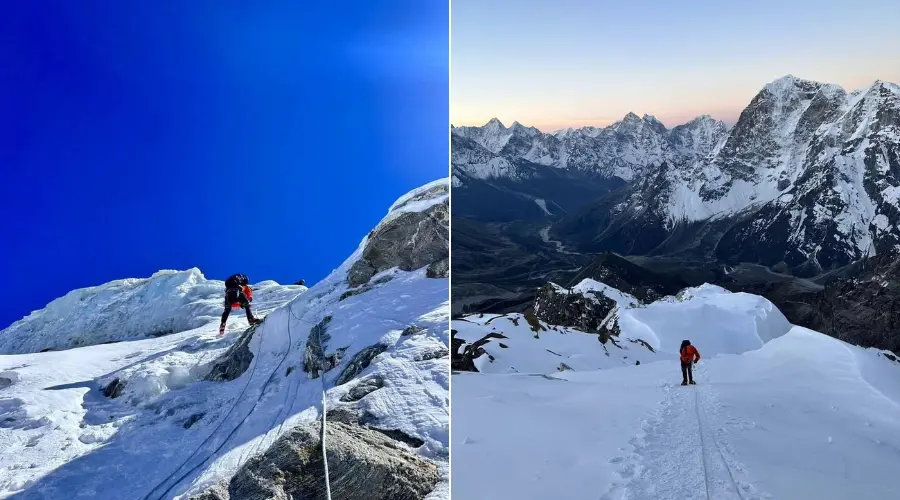
Advanced Skills
- Lead climbing and anchor placements
- Ice and rock-climbing techniques
- Crevasse rescue
- Rappelling and self-arrest
- Expedition planning and weather analysis
Most of the programs include 8 week mountaineering training plan designed to prepare you for all kinds of challenges. However, shorter programs are more focused on immediate readiness for trekking peaks.
Cost of Basic Mountaineering Training (BMT)
For one participant, the cost of BMT is $3000.
The cost for Nepalese participants is only NRP 15,000. This cost does not include insurance costs. However, the program requires them to have accident insurance of above NPR 10,00,000, medical insurance of a minimum of NPR 2,00,000, and evacuation insurance equal to $5000.
Meanwhile, for foreign participants, the cost is $3000. This includes all the insurance and experiences.
Trainees are required to deposit a minimum of 50% of the fees in a designated bank to confirm their registration.
Basic Requirements for BMT Training
- A copy of the citizenship
- A letter of recommendation from a trekking agency registered at NMA for 2 years (for Nepalese) stating at least 2 years of experience. Only one participant from one trekking agency is allowed.
- Clear photo of the successful ascent of any mountain, trekking pass, or snowline.
- Basic first aid course certificate, at least 18 hours of course or 3 days.
- Introductory Rock Climbing Course, at least 42 hours of the course or 7 days.
Recommended Gear List for Training
If you are thinking of a Himalayan expedition, then having the right gear is non-negotiable. They aren’t just random mountaineering checklists; they are an investment for your safety.
Although most mountaineering gear for training is available for rent around Thamel, Kathmandu, or Pokhara, we recommend that you buy your own personal gear. You can buy according to your comfort, which can also be used later when attempting the summit.
Here’s a list of essential gear that you ought not forget.
- Climbing harness, belay device (ATC), carabiners (locking and non-locking), prusik cords, slings and helmet
- Crampons and an ice axe
- Mountaineering spike boots (double-layer recommended)
- Layering System (Base, Mid, Outer), insulated down jacket, waterproof shell jacket and pants, trekking trousers, thermal tops and bottoms.
- Gloves, gaiters, headlamp, warm hat, sun hat, buff/balaclava, glacier glasses, ski goggles, and insulated mittens
- Sleeping bag (suitable for -20°C and below)
- Lip balm, sunscreen, first-aid kit, hydration bladder or water bottle and purification tablets

Best Time for Mountaineering Training in Nepal
Timing is crucial for a successful and safe training and actual climbing experience. The weather in the Himalayas is unpredictable and can change at any moment, and the climbing window is quite narrow. So, perfect timing can be the determining factor between successful and failed mountaineering experiences.
Normally, spring (March to May) and autumn (September to November) are considered the best times for mountaineering training and expeditions in Nepal.
Spring has ideal snow conditions, stable weather, and longer daylight, perfect for training. This is also the main season for major expeditions, including Everest.
Likewise, autumn is another major climbing season. After the monsoon (June to August), this season is characterised by crystal-clear blue skies and breathtaking views. The weather is perfect for trekking as well as climbing, but gets colder as winter (December to February) nears.
Bonus Tips for Trainees
Here are some bonus tips for aspiring mountaineers to ensure a safer and better experience.
- Start physical conditioning early: Instead of directly attempting a summit or hitting the road, we suggest you engage in some cardio, strength, and endurance training at least 2-3 months in advance.
- Hydrate regularly: At higher elevations, strong winds, exposure to the sun, and sweating can dehydrate your body quickly. So, we suggest you keep hydrating from time to time. Drink at least 3-4 litres of water daily.
- Respect local culture: Nepalese mountain communities are deeply connected with nature and spirit. Training in these communities gives an opportunity to connect with them and enhance the experience.
- Get insured: Whether it’s insurance for Everest or any other high-altitude peak, always have mountaineering-specific travel insurance that covers helicopter evacuation. This will help you save a hefty sum in case you need emergency helicopter evacuation and other medical bills.
- Take rest: Yes, your target is the summit; all your focus should be on it. However, it would be nice to take a moment, rest and allow yourself to immerse yourself in these spectacular terrains of mountains.
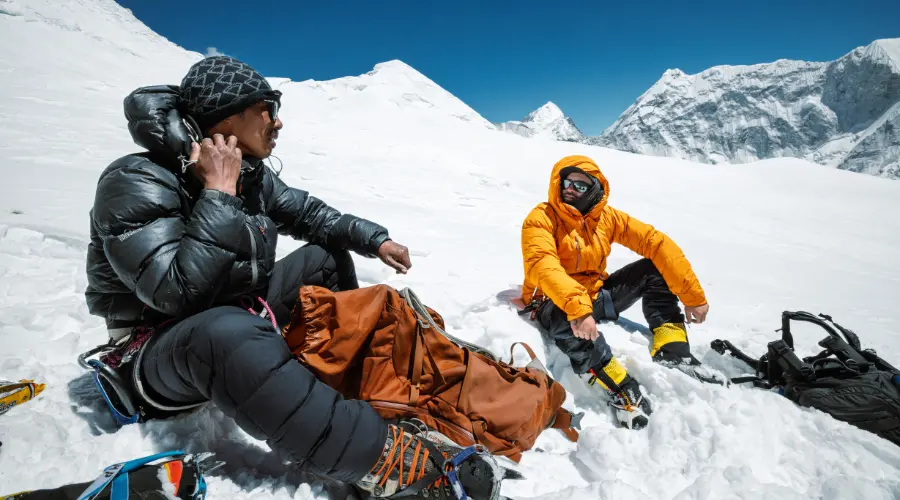
Training Plus Trekking Combo Packages With Himalayan Masters
If you’re looking for a guided experience with expert instruction, Himalayan Masters offers the most well-planned, comfortable, and affordable trekking and training packages. These packages combine guided treks, such as the Manaslu Circuit Trek or Everest Base Camp Trek, with training for peak climbing preparation.
You can choose from 3-day crash courses to full 2-week mountain courses in Nepal, depending on your goal and previous experience.
For further details and expert advice, you can contact Himalayan Masters through our email ([email protected]) or WhatsApp us at +977-9823636377.
FAQs
How do I train for trekking in Nepal?
The best training for trekking is going on a hike, maybe with some load. You can find any high hill and walk up and down. Additionally, you can do some cardio like running or cycling to build stamina, and some leg strength exercises like squats and lunges.
Is Nepal open for trekking?
Absolutely. Trekking in Nepal is open year-round. However, you need to check the latest visa updates and weather info.
Is trekking in Nepal safe?
Yes, trekking in Nepal is very safe. The main risks are altitude sickness and unpredictable weather. Consult with an experienced trekking agency and guide for the best itinerary ans season for trekking, and you are all good to go on a journey of a lifetime.
Want to know more?
Speak to an Expert





Sandip Dhungana
Nepal 🇳🇵
Whatsapp: +977-9823636377

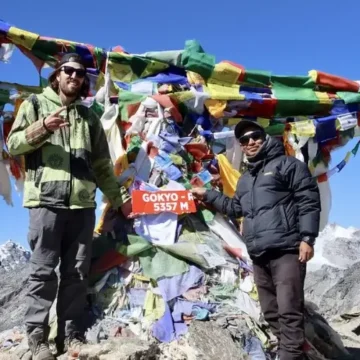
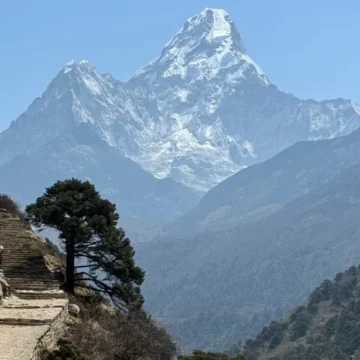

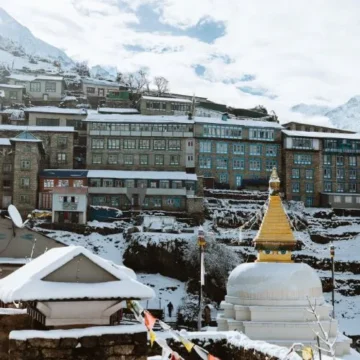

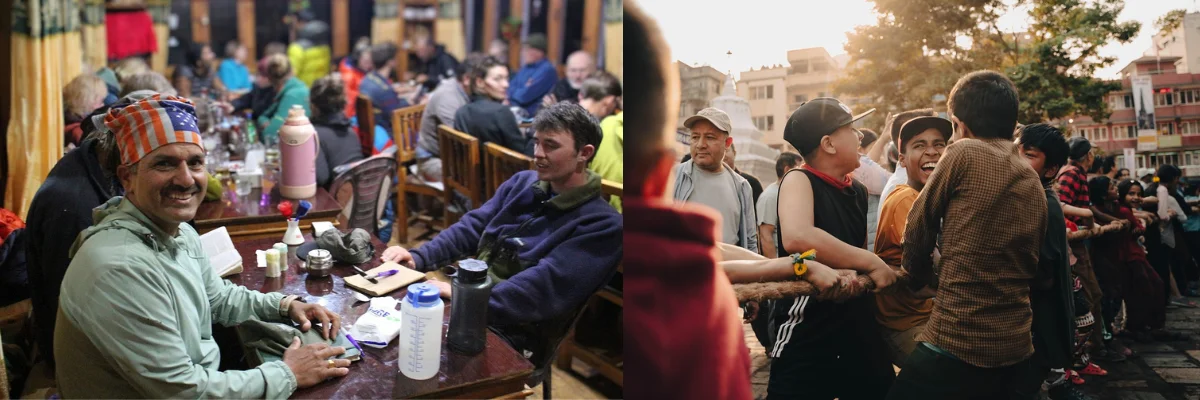
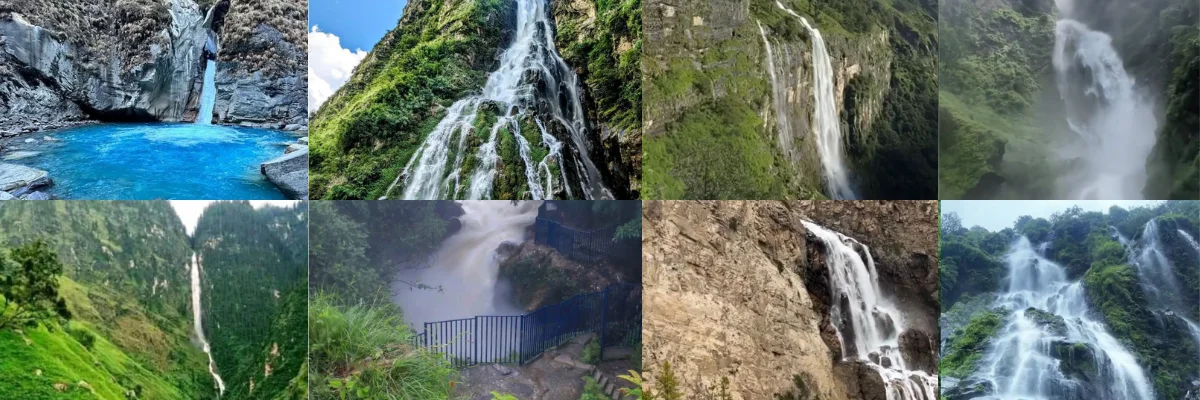
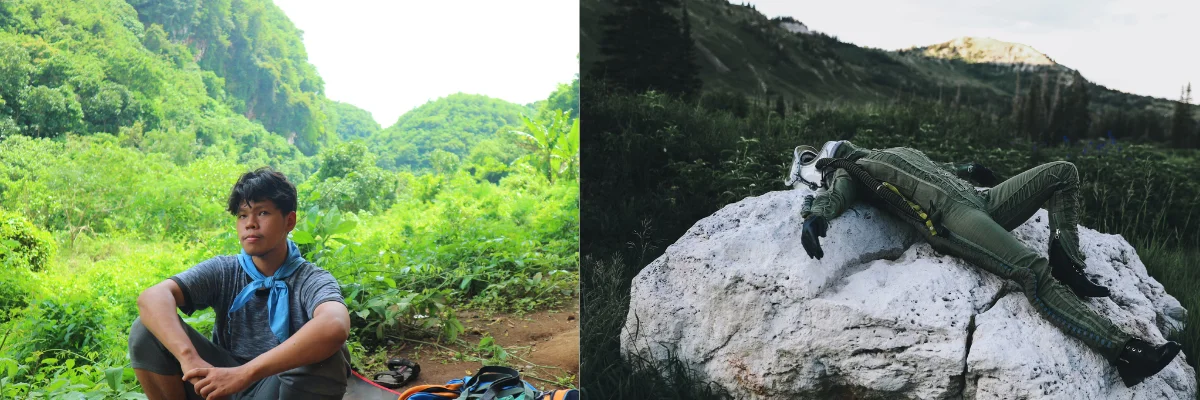
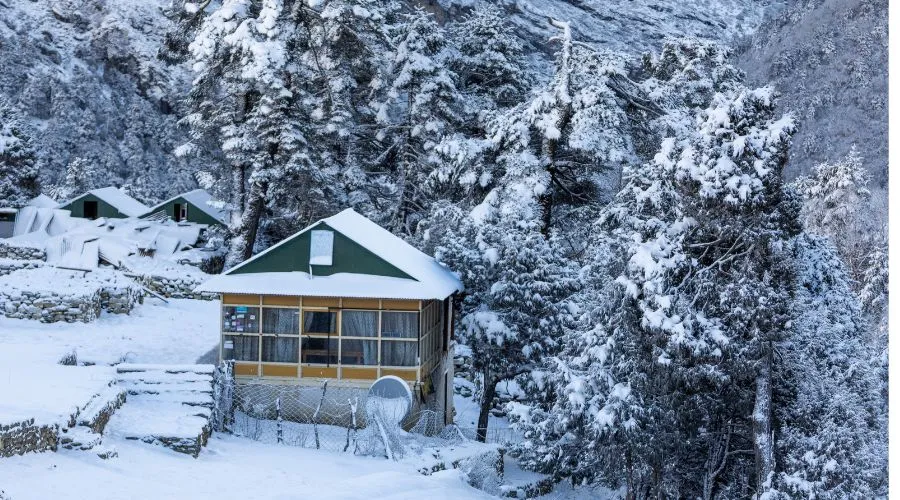
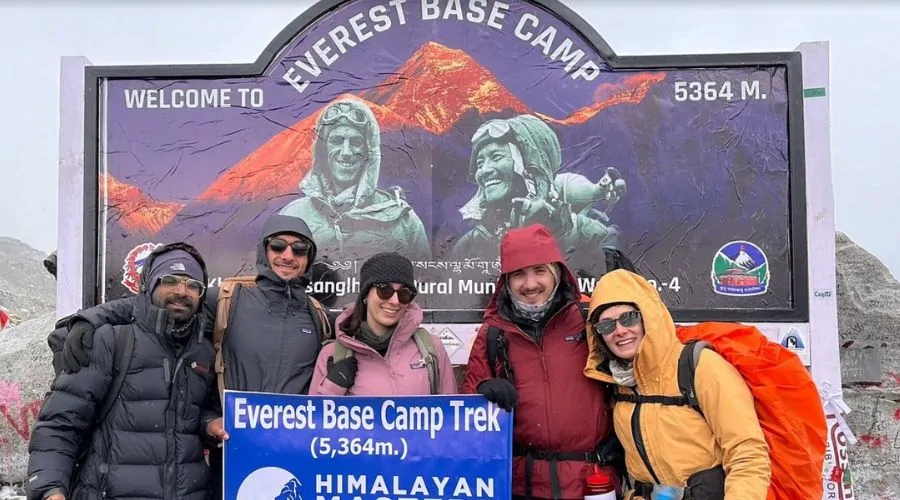
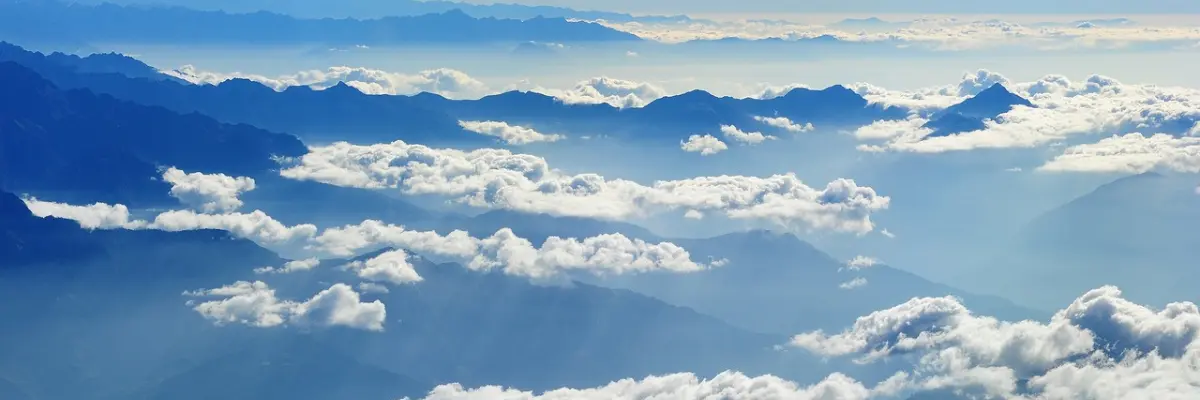











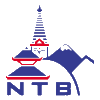
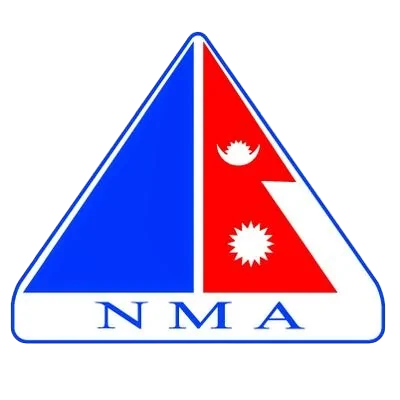

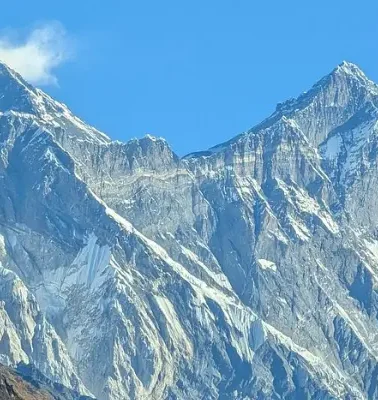

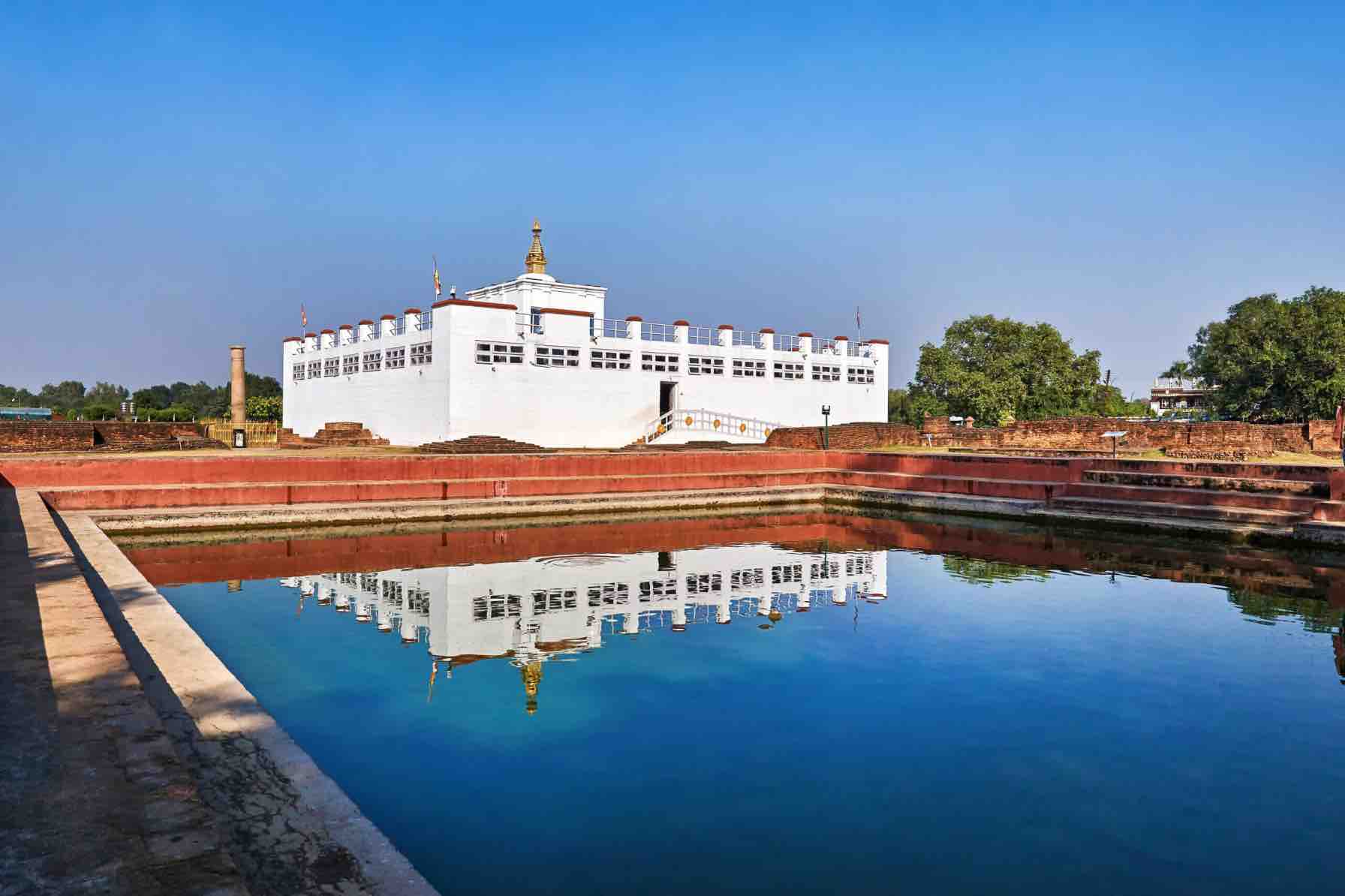
Leave Your Comment